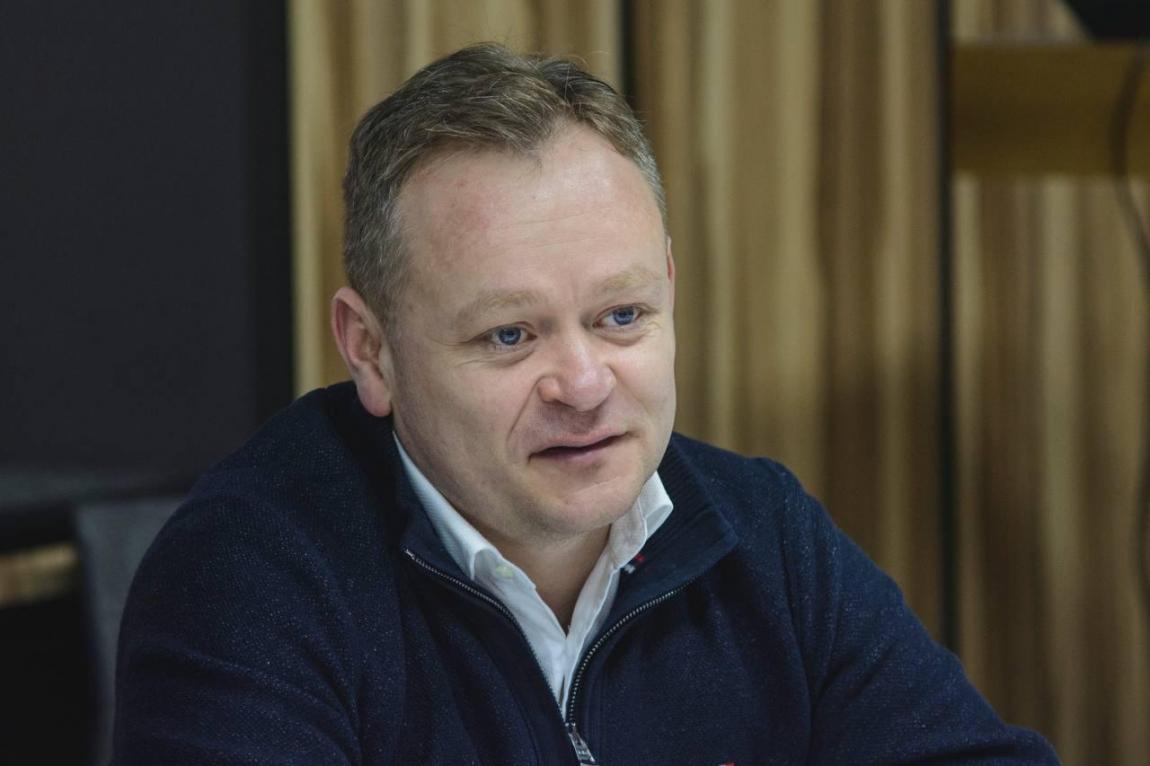Ukraine’s Agricultural Integration into the European Union: A Strategic Opportunity That Cannot Wait

16 / 12 / 2024
Ukraine is steadily moving toward European Union membership. However, its agricultural sector remains largely excluded from critical discussions shaping the future of the EU’s Common Agricultural Policy (CAP). This exclusion presents a significant risk. Today, both EU institutions and the European farming community no longer see Ukraine’s accession as a possibility — they see it as a certainty.
While access to the EU market is essential, it is not the only factor in this integration. Regulatory alignment, public perception, and political influence are equally vital. Ukrainian farmers must take initiative in these areas now.
The issue isn’t solely internal; it stems from a broader lack of understanding. During my visit to major EU agricultural associations in Brussels this April, I heard sincere concerns — but many were based on stereotypes rather than facts, often fueled by Russian propaganda.
European perception still sees Ukraine's agriculture as dominated by massive, oligarch-controlled farms, a threat to CAP funding, and an unlimited exporter pushing out local products. But the truth is different: 80% of Ukraine's farms are small to medium-sized businesses. Only 20% of agricultural producers manage more than 10,000 hectares. These farms operate under wartime conditions — with drone and missile attacks, and fields that must be demined before planting.
Moreover, Ukrainian farmers are far more interested in regulatory integration than subsidies.
EU and Ukrainian Farmers Face Common Challenges
EU farmers are not adversaries; they are potential partners. They too suffer from budget cuts, rising costs, climate regulations, and global trade instability — all intensified by Russia’s war on Ukraine.
Some Italian farmers I spoke to prefer market stability and clear rules over subsidies. In France, concerns focus on specific sectors like sugar, poultry, and grain. Yet even the most cautious voices express openness after genuine dialogue.
The core problem is a lack of information. Despite three years of war and extensive media coverage, most Europeans still know little about Ukrainian farmers. This information gap is the biggest obstacle.
Why Action Is Urgently Needed
The CAP reform process is already underway, with budget and policy changes planned for 2027. If Ukraine does not join the discussion now, it risks losing its say in policies that will define European agriculture for decades.
Ukrainian agriculture must now:
- Launch open dialogue with EU farmers
- Communicate its structure and core values
- Promote joint projects to attract EU recovery funding
- Join key EU agricultural industry associations
Farmer-to-Farmer Dialogue: Building Real Alliances
Results come from farmer-to-farmer conversations — not state-level agreements. The more EU farmers understand Ukraine’s agricultural structure and its actual impact on EU markets, the stronger their influence on national policymakers, and the less pressure on Ukrainian producers.
In the EU, policy starts from the grassroots. In this case — from small farmers to the European Parliament. Ongoing dialogue can shift the mindset from "competition" to "joint interest protection."
This will ease tensions and reduce protests like border blockades. The upcoming Ukraine Recovery Conference in Rome must include not just ministers and donors, but farmers, cooperatives, and processors from both sides.
Because this is about building a new model for European agriculture — one that already includes Ukraine. The war has proven one thing: food is politics, the farmer is a strategist, and cooperation is strength.

